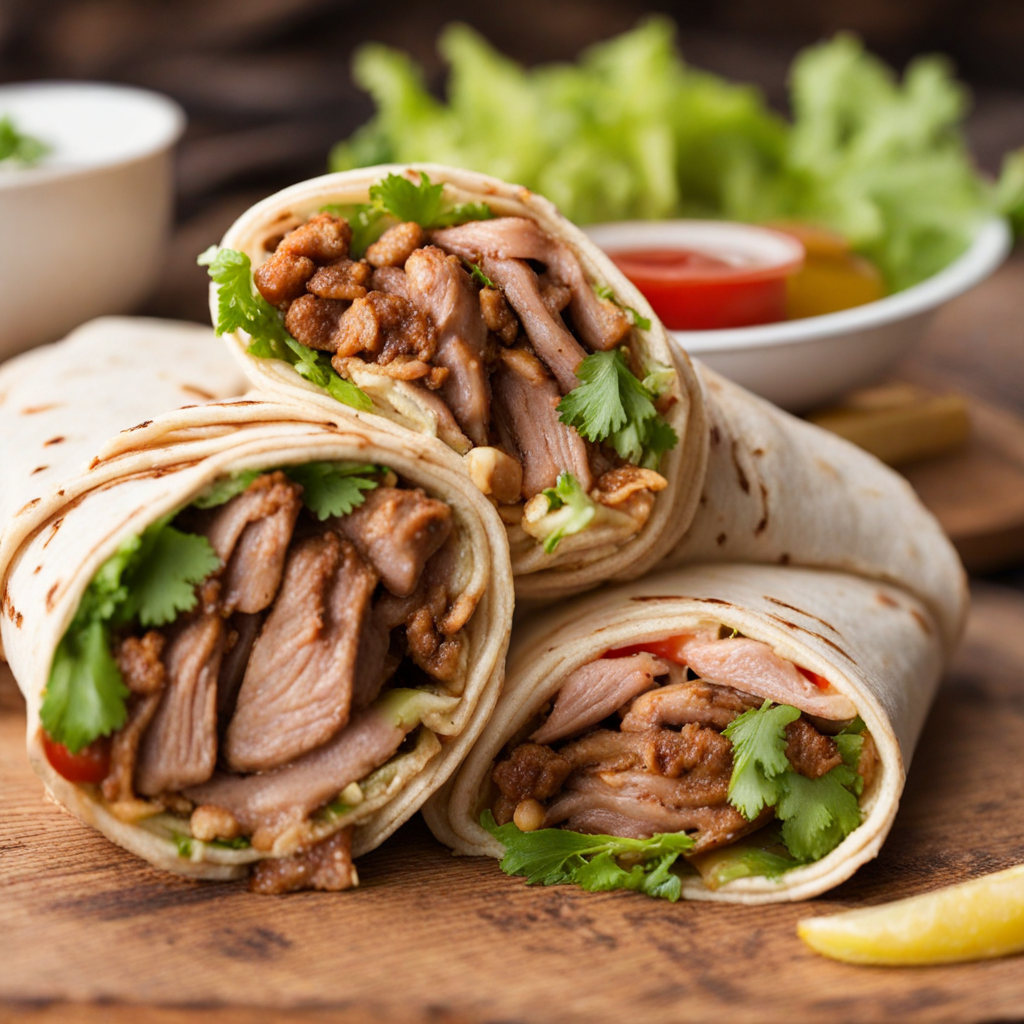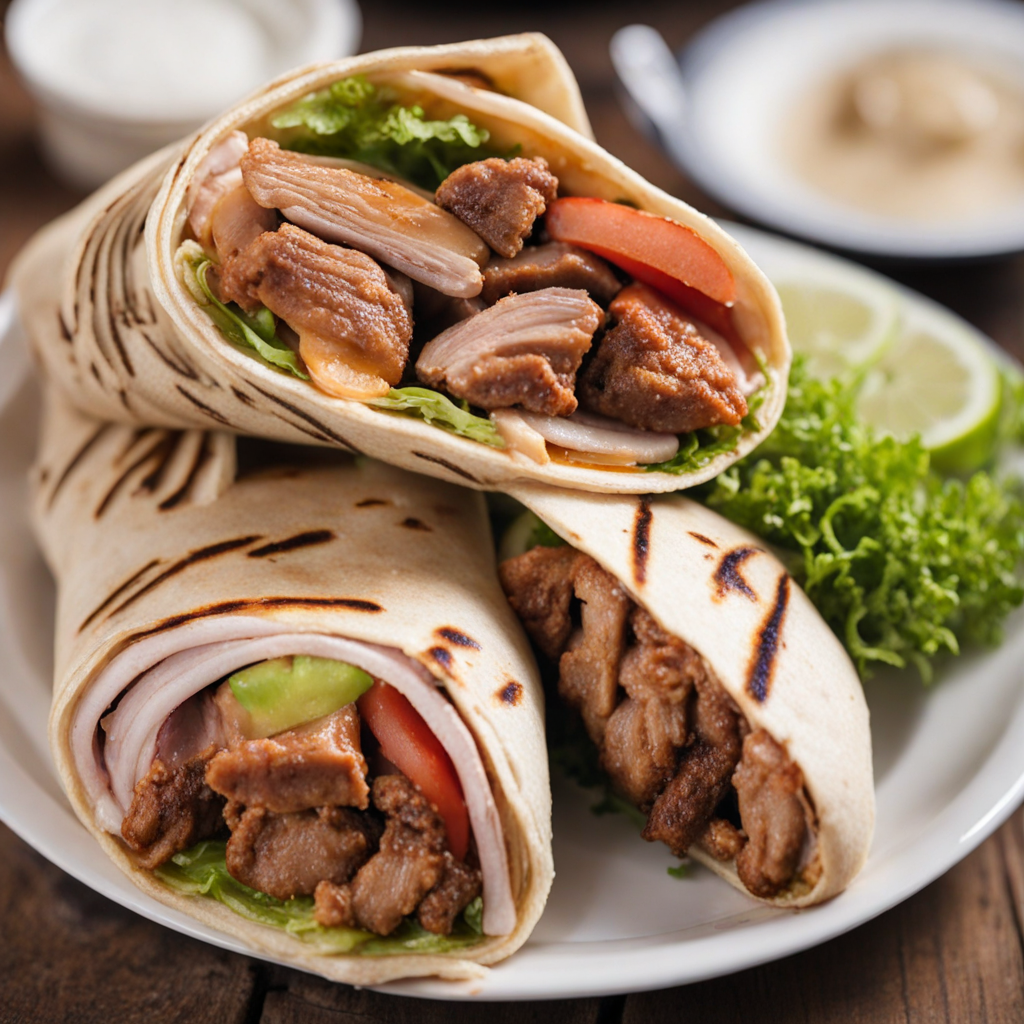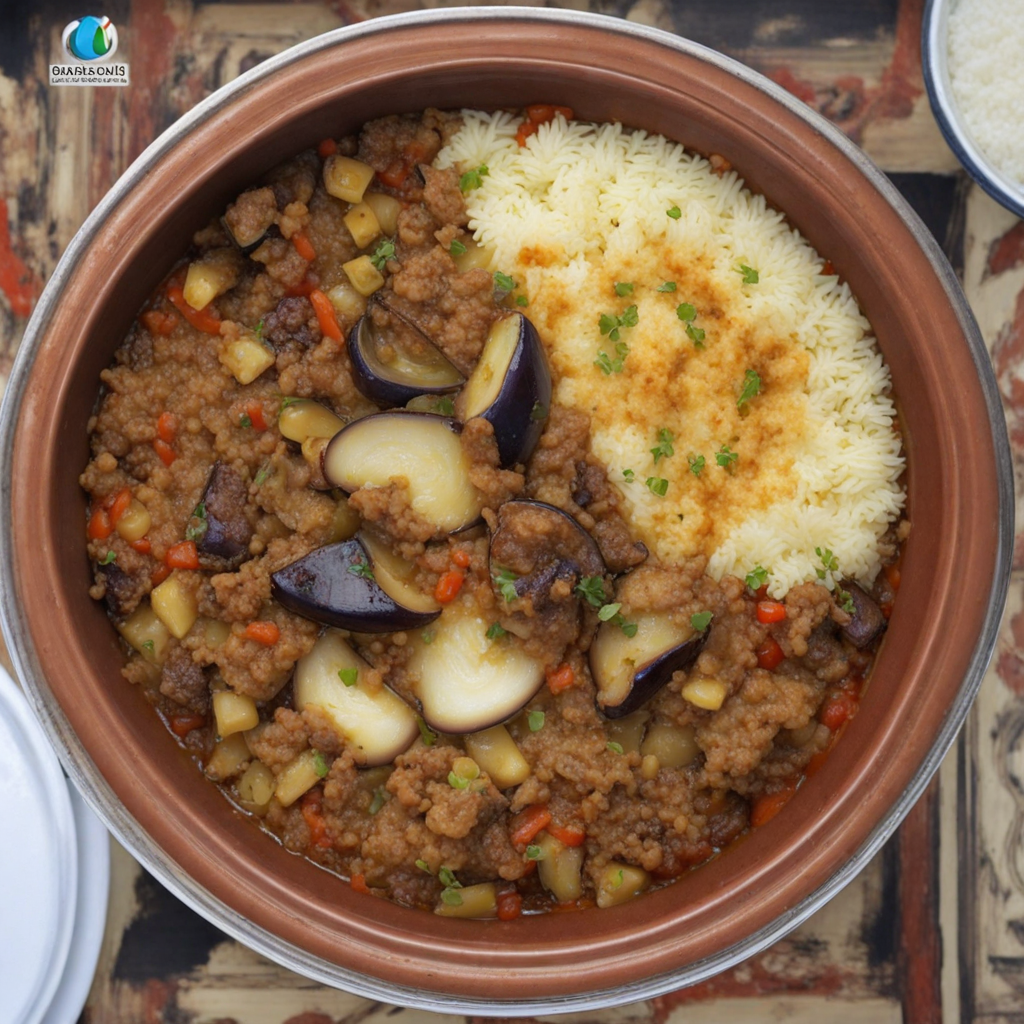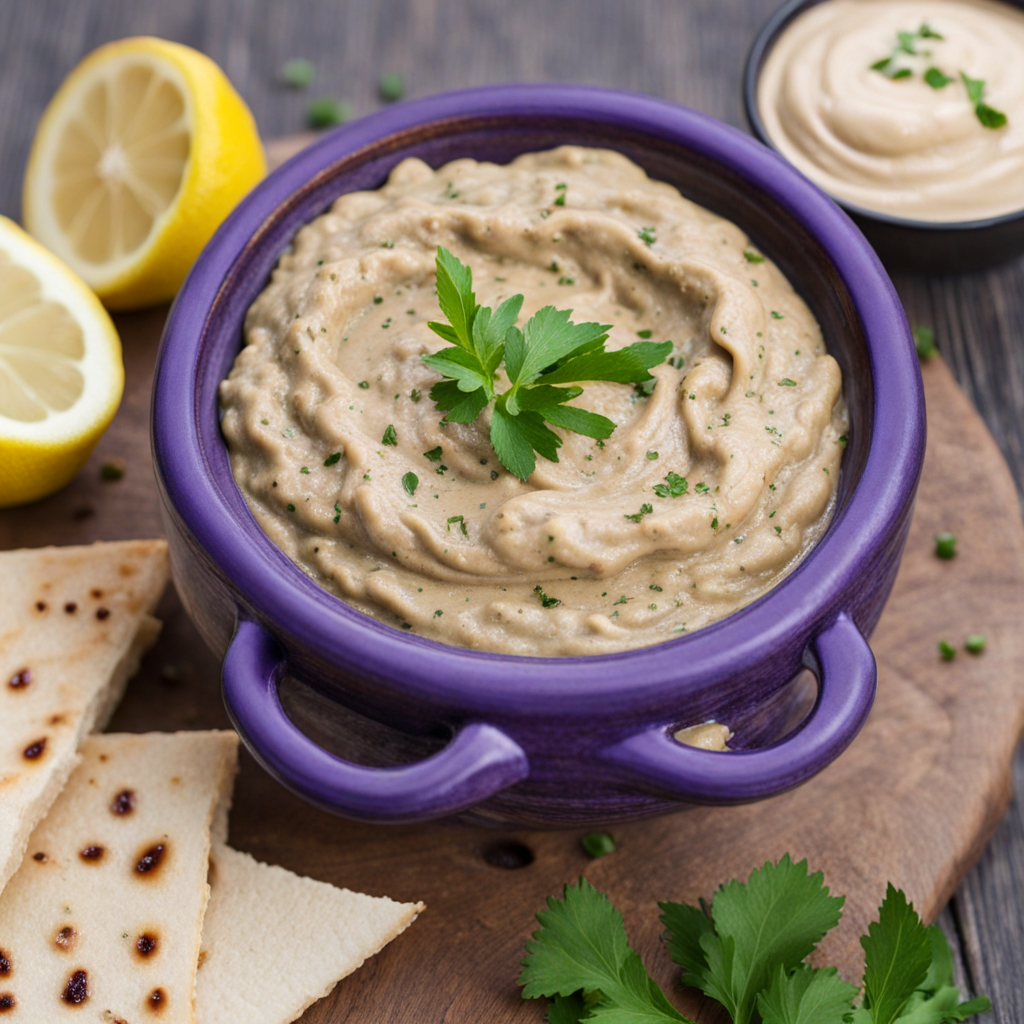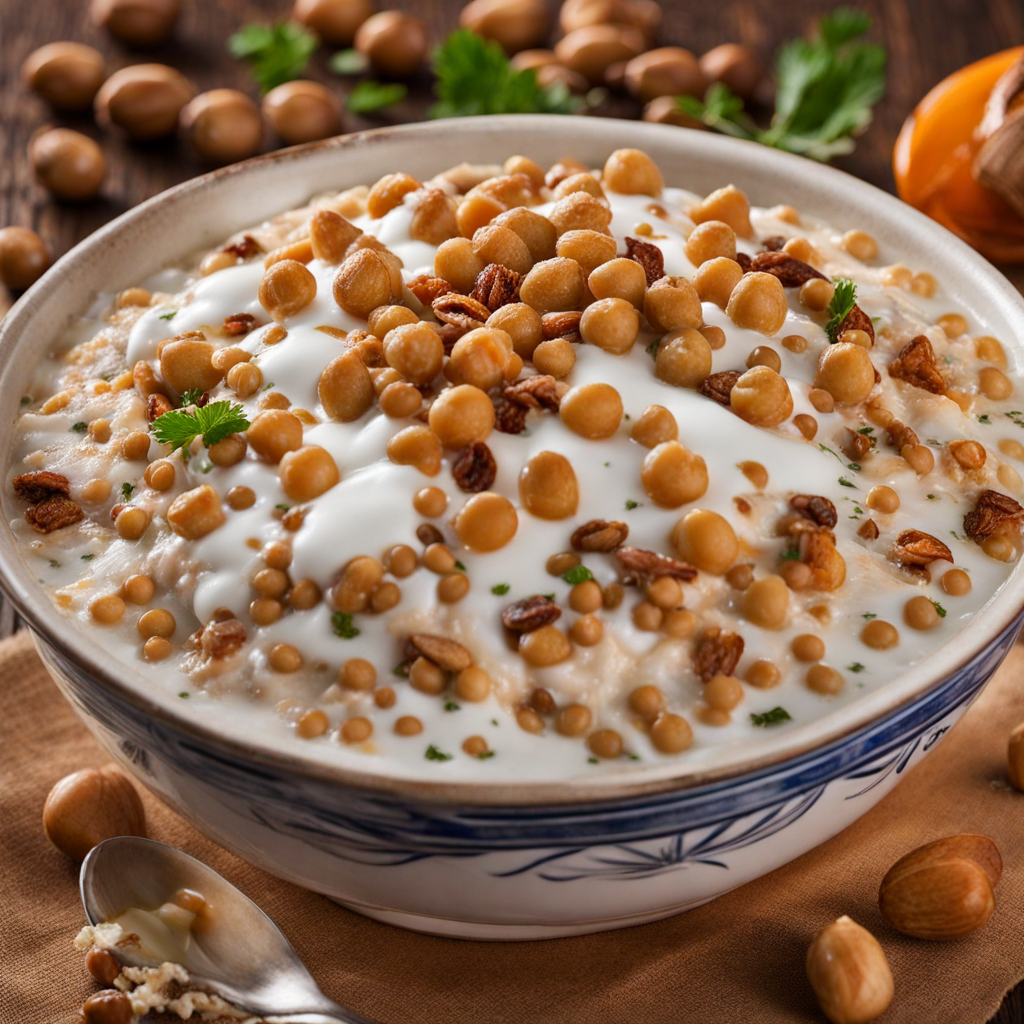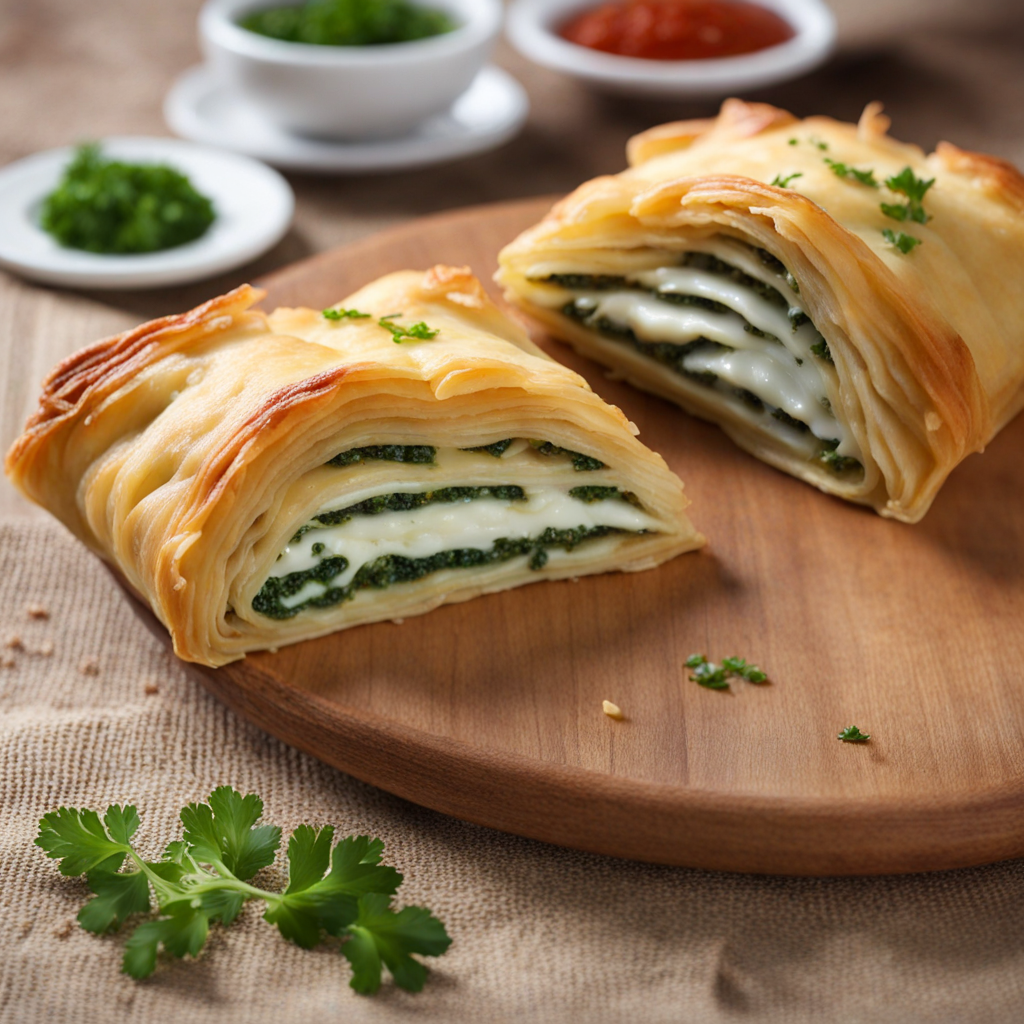Shawarma
Shawarma is a delightful street food that hails from the Middle East, with its roots deeply embedded in the culinary traditions of Syria. This dish typically features marinated meat, which can be lamb, beef, chicken, or even turkey, that is seasoned with a blend of aromatic spices such as cumin, coriander, and paprika. The meat is stacked in the shape of an inverted cone on a vertical rotisserie, where it slowly cooks to perfection. As it turns, the outer layer becomes beautifully crispy, while the inside remains tender and juicy, making each bite a unique experience of contrasting textures and flavors. Once cooked, the shawarma is thinly sliced and often served in a warm pita or flatbread, accompanied by a variety of fresh vegetables like tomatoes, cucumbers, and pickles. A generous drizzle of tahini sauce, garlic sauce, or spicy chili sauce enhances the flavor, adding a creamy or zesty kick that complements the savory meat. The combination of fresh herbs and spices creates a symphony of tastes that dance on the palate, making shawarma not just a meal, but a culinary adventure. What sets Syrian shawarma apart is its attention to quality ingredients and traditional preparation methods. The marination process is crucial, allowing the spices to penetrate the meat thoroughly, infusing it with deep flavors. It is often enjoyed as a quick street food option, perfect for on-the-go eating, but can also be savored in a sit-down setting with sides like tabbouleh or fattoush. Each bite of shawarma transports you to the bustling streets of Syria, offering a taste of the country's rich cultural heritage and culinary artistry.
How It Became This Dish
The History of Shawarma: A Culinary Journey from Syria Shawarma, a beloved street food that has transcended borders and gained international fame, traces its roots back to the Levantine region, particularly Syria. With its rich flavors and versatile fillings, shawarma has become a symbol of Middle Eastern cuisine, representing more than just a meal—it embodies the cultural heritage and culinary traditions of a region steeped in history. Origins of Shawarma The word “shawarma” is derived from the Turkish word “çevirme,” meaning “to turn” or “to rotate.” This refers to the method of cooking marinated meat on a vertical rotisserie, a technique that dates back to the 19th century. The origins of shawarma can be linked to the practices of the Ottoman Empire, which paved the way for the culinary exchange between cultures. While variations of this cooking method existed, it was in the Levant, particularly in modern-day Syria, where shawarma began to take on its distinctive characteristics. Traditionally, shawarma is made from lamb, chicken, turkey, or beef that is marinated in an array of spices, including cumin, turmeric, paprika, and garlic, then layered on a vertical spit. As the meat slowly cooks, it is shaved off in thin slices and served in a variety of ways—wrapped in pita bread, plated with rice, or accompanied by a selection of fresh vegetables and sauces. This method of cooking not only enhances the flavors but also allows for a communal dining experience, where sharing is encouraged. Cultural Significance In Syria, shawarma is more than just a popular street food; it is intertwined with social gatherings and community life. Vendors often set up shop in bustling markets and street corners, creating a vibrant atmosphere where locals come together to enjoy this flavorful dish. As a fast and affordable meal, shawarma has become a staple for students, workers, and families alike, transcending socio-economic barriers. The cultural significance of shawarma also lies in its adaptability. Each region has its own interpretation, influenced by local ingredients and culinary traditions. For example, in Syria, shawarma is often served with a garlic sauce known as toum, while in Lebanon, a tangy tahini sauce may accompany the dish. This diversity reflects the broader culinary landscape of the Middle East, where food is a medium of cultural exchange and storytelling. Shawarma’s popularity has also been linked to the rise of Arab nationalism in the early 20th century. As countries in the region sought to define their identities, food became a crucial aspect of this cultural assertion. Shawarma, emblematic of Levantine cuisine, was embraced as a symbol of unity and pride, showcasing the shared culinary heritage that transcends national borders. Development Over Time As the 20th century progressed, shawarma began to evolve and spread beyond its Syrian roots. The dish gained significant traction in the Middle East and among diasporic communities worldwide. The post-World War II migration of Syrians and other Middle Easterners to Europe and North America played a vital role in introducing shawarma to new audiences. In cities like Paris, Berlin, and New York, shawarma stands began to pop up, catering to both the local Middle Eastern communities and adventurous food enthusiasts. The dish was embraced for its unique flavors and convenience, quickly becoming a favored choice for those seeking a quick yet satisfying meal. In these urban centers, shawarma adapted to local tastes, often incorporating different types of bread and sauces, reflecting the culinary fusion of cultures. In the late 20th century, shawarma made a significant mark on the global culinary scene. The rise of fast-casual dining and food trucks contributed to its popularity, as consumers sought out authentic and flavorful food experiences. Shawarma’s reputation grew, leading to the establishment of specialized restaurants dedicated to this dish. The culinary world began to recognize shawarma not just as a street food but as a legitimate culinary art form. With the advent of social media and food blogging in the 21st century, shawarma’s visibility skyrocketed. Beautifully plated images and videos of shawarma preparation captured the attention of food lovers, further fueling its popularity. The dish became a symbol of culinary exploration, with chefs experimenting with various fillings, marinades, and cooking techniques, thus expanding the shawarma repertoire. Modern Interpretations and Global Spread Today, shawarma is celebrated globally, and its presence can be felt in many countries. From upscale restaurants to food trucks, variations of shawarma are found in diverse culinary settings. In the United States, for instance, shawarma is often served alongside fusion dishes, incorporating elements from American cuisine, such as shawarma tacos or shawarma bowls topped with fresh salad and quinoa. The globalization of shawarma has also prompted discussions about authenticity and cultural appropriation. As the dish evolves, there is a delicate balance between preserving traditional recipes and embracing innovation. While some purists argue for the authenticity of the Syrian shawarma, others celebrate the creative interpretations that have emerged around the world. The cultural significance of shawarma remains strong, particularly in the context of cultural representation and identity. For many immigrants, shawarma serves as a connection to their homeland, a taste of nostalgia that evokes memories of family gatherings and celebrations. It has become a culinary ambassador, introducing people to the rich flavors and traditions of Middle Eastern cuisine. Conclusion Shawarma, with its origins in Syria, has traveled the world, evolving and adapting while remaining a beloved staple of Middle Eastern cuisine. Its history reflects the complexities of cultural exchange, migration, and identity. As shawarma continues to capture the hearts and palates of people globally, it serves as a delicious reminder of the power of food to unite, celebrate, and tell stories across generations and borders. Whether enjoyed at a bustling street vendor or a chic restaurant, shawarma remains a culinary emblem of the rich tapestry of Syrian and Levantine culture, bridging the past and present in every flavorful bite.
You may like
Discover local flavors from Syria


